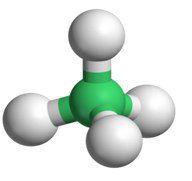
Limits for drinking water: 0,5 mg/l
- typical (ammoniac) odor at higher concentrations
- may be accompanied by odor from other sources
- indicator of faecal contamination and decomposition of dead tissues – threat of infection
- toxic to aquatic organisms (fish and others)
Removal of ammonium ions from water
- The principle of solution: adsorption on a mineral material
Ammonium ions are a product of protein and urea decomposition. They naturally get to environment with urine and with dead tissue rotting. Another important source is the use of fertilizers in agriculture.
Ammonium ions themselves are not directly toxic to humans. However, they signal further serious problems: contamination with wastewater, bacterial contamination and other types of water pollution. For fish and aquatic organisms, ammonium ions are highly toxic.
